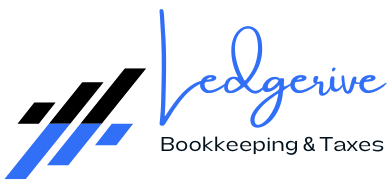Receiving a tax refund can often feel like a windfall, offering a unique financial opportunity. With the average IRS refund this year being $3,182 as of March 1, deciding how to use this amount effectively is crucial.
Refunds: A Mixed Blessing
While a tax refund is welcomed by many, it’s not always a sign of financial prudence. According to Randy Bruns, a certified financial planner, getting a refund means you’ve overpaid your taxes throughout the year, essentially lending money to the IRS without interest.
However, as Jeff Jones, CEO of H&R Block, points out, many Americans rely on this refund to cover immediate expenses, underlining its significance in their financial planning.
Balancing Savings and Spending
Addressing High-Interest Debt
With inflation and credit card debt on the rise, a critical decision is whether to save or spend the refund. Laura Mattia, another certified financial planner, advises prioritizing high-interest debts such as credit card balances. Paying these off can save substantial money in long-term interest payments. Simultaneously, establishing an emergency fund is equally important.
Building Emergency Savings
Financial advisors often suggest saving enough to cover three to six months of expenses. Catherine Valega, a Boston-based financial planner, recommends investing the refund or saving it, rather than spending. With saving rates currently attractive, options like high-yield savings accounts, CDs, and money market funds are viable choices.
Using the Refund Effectively
Maximizing Retirement Savings
Once high-interest debts are cleared and emergency funds are established, consider contributing to retirement savings. For 2024, the contribution limit for a 401(k) is $23,000, plus an additional $7,500 for those over 50. IRAs have a limit of $7,000, or $8,000 for those over 50.
Smart Spending Choices
If there’s still money left from the refund, investing in long-term benefits can be wise. This could include home improvements, car repairs, or investing in education to enhance earning potential. Such expenditures not only offer immediate satisfaction but can also contribute to long-term financial stability and growth.
In conclusion, whether saving, spending, or a combination of both, it’s essential to make informed, strategic decisions with your tax refund to enhance your financial well-being.
